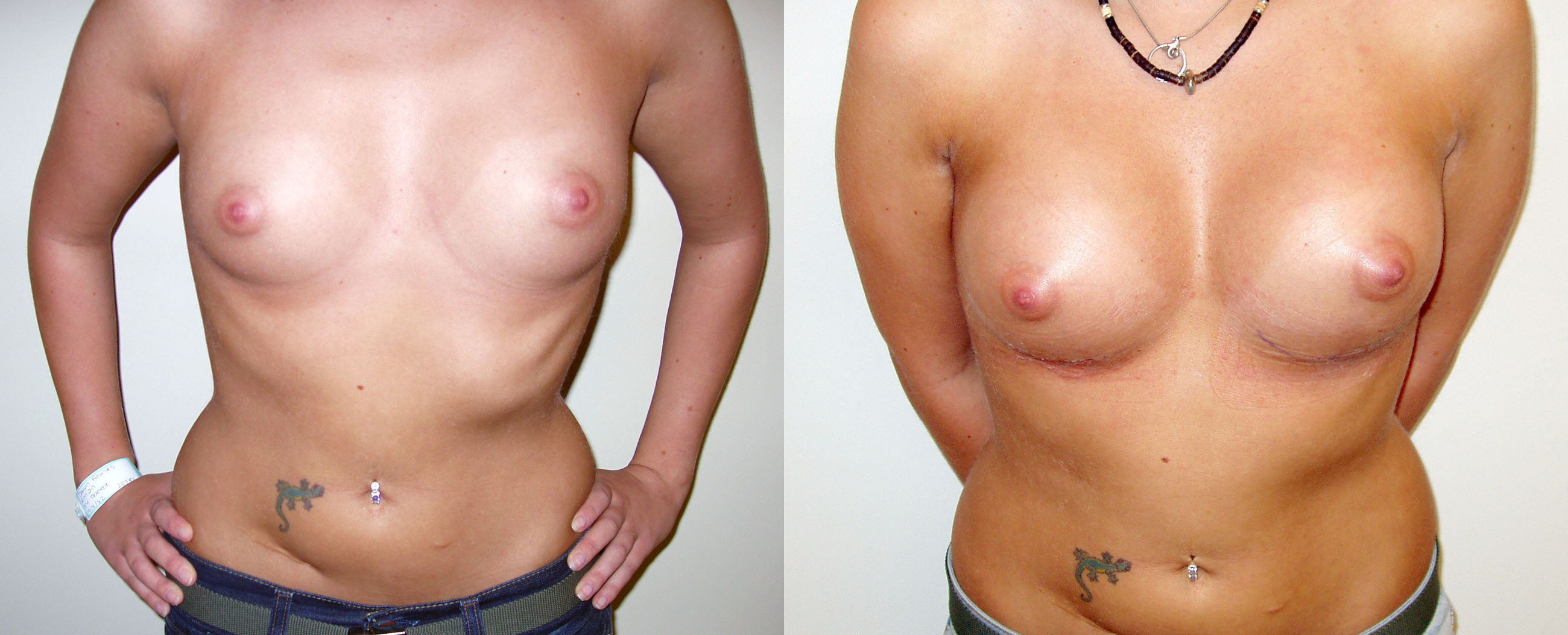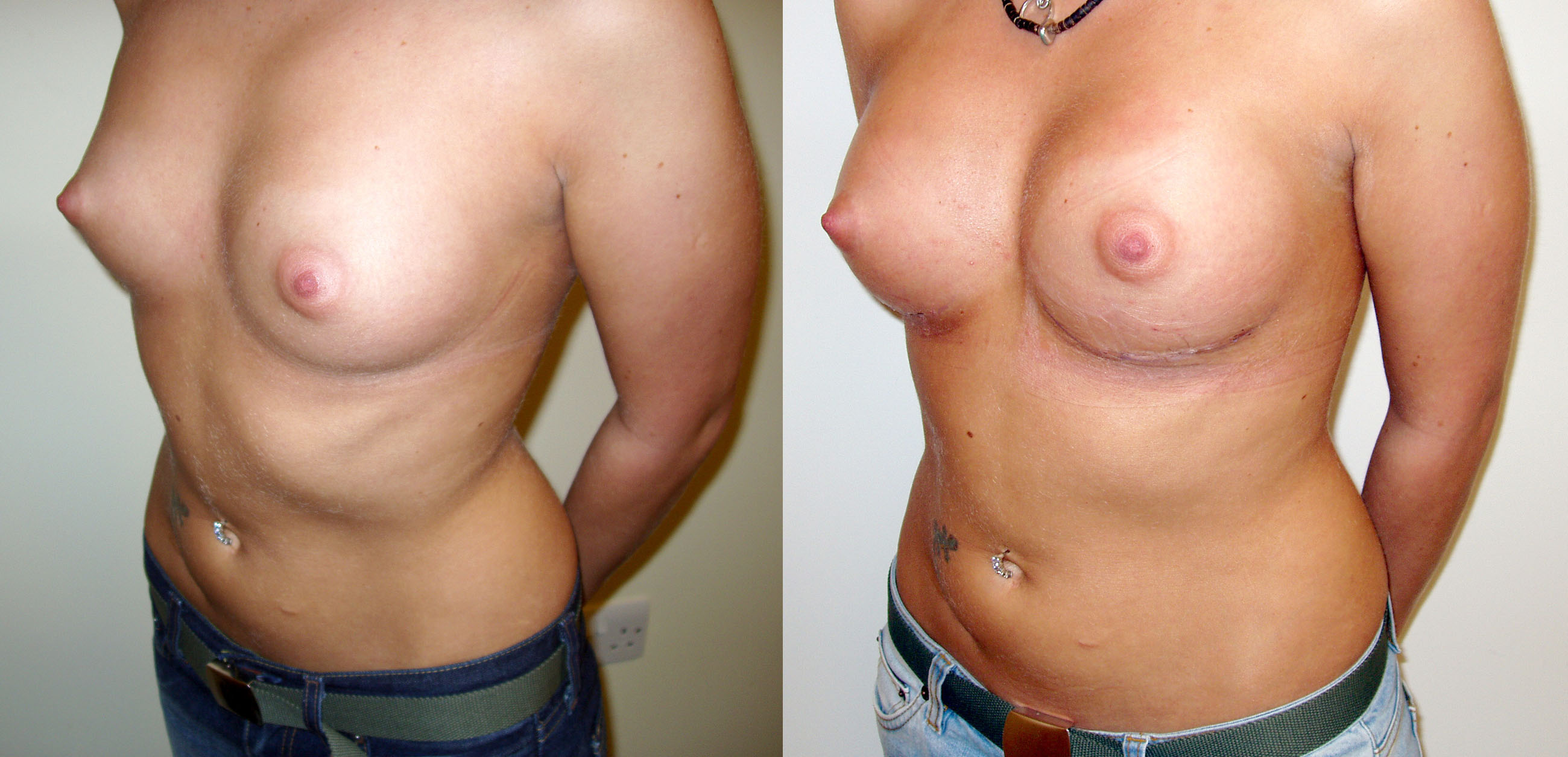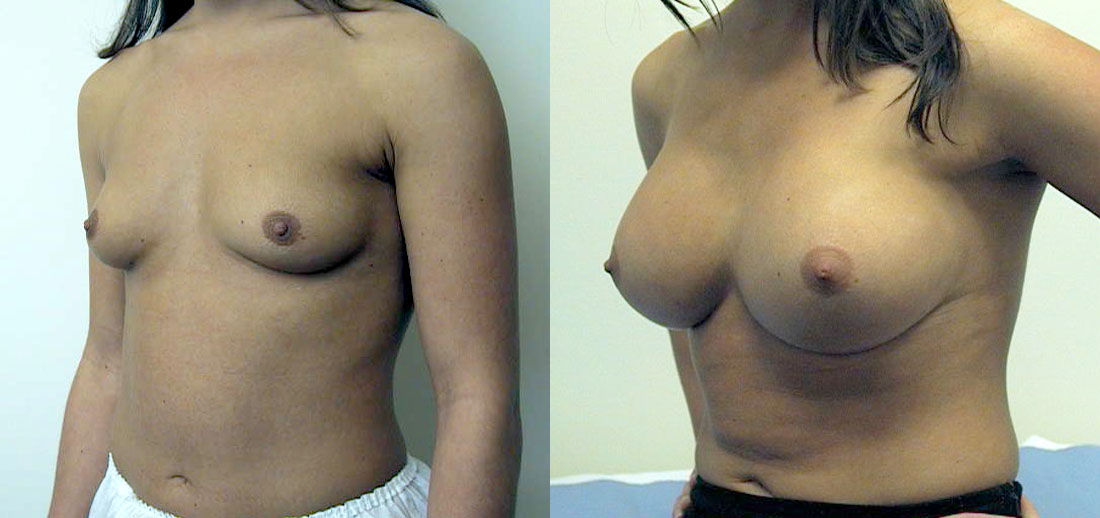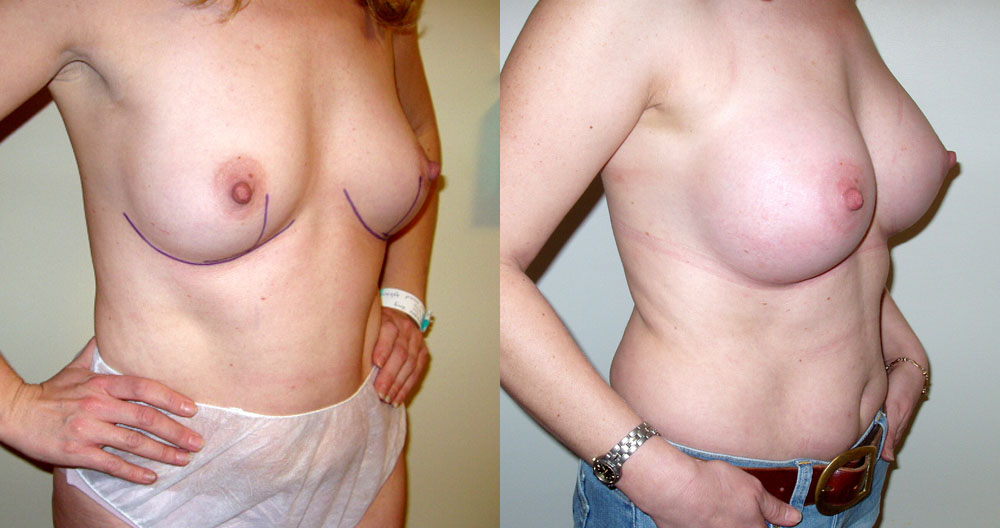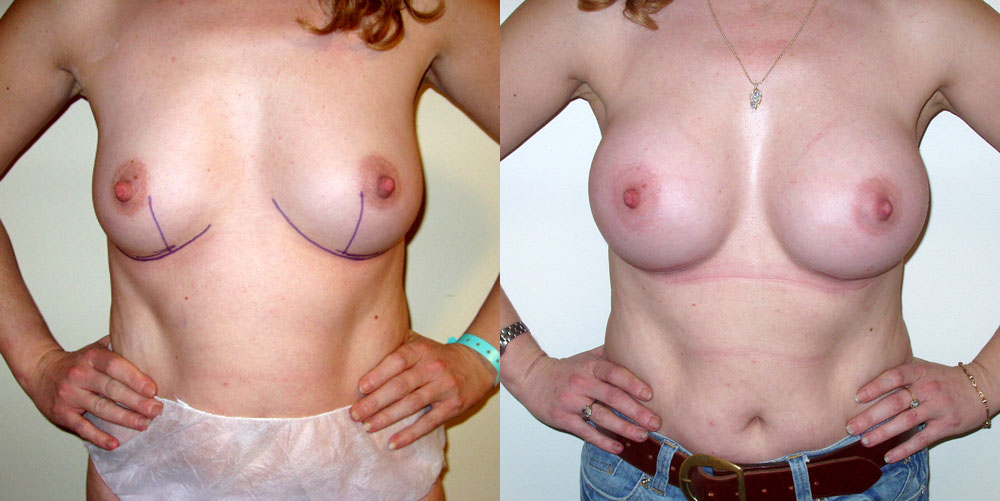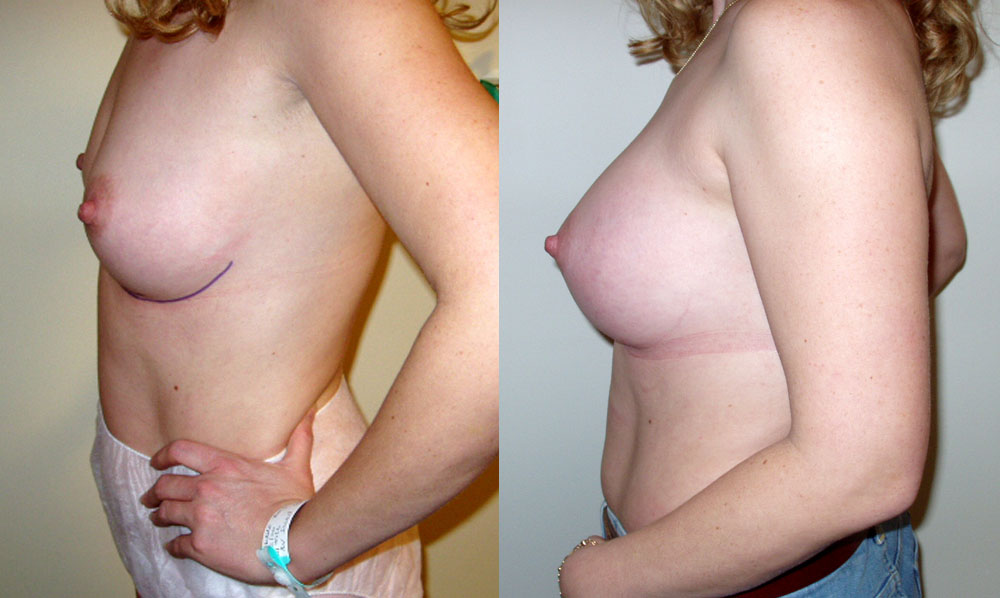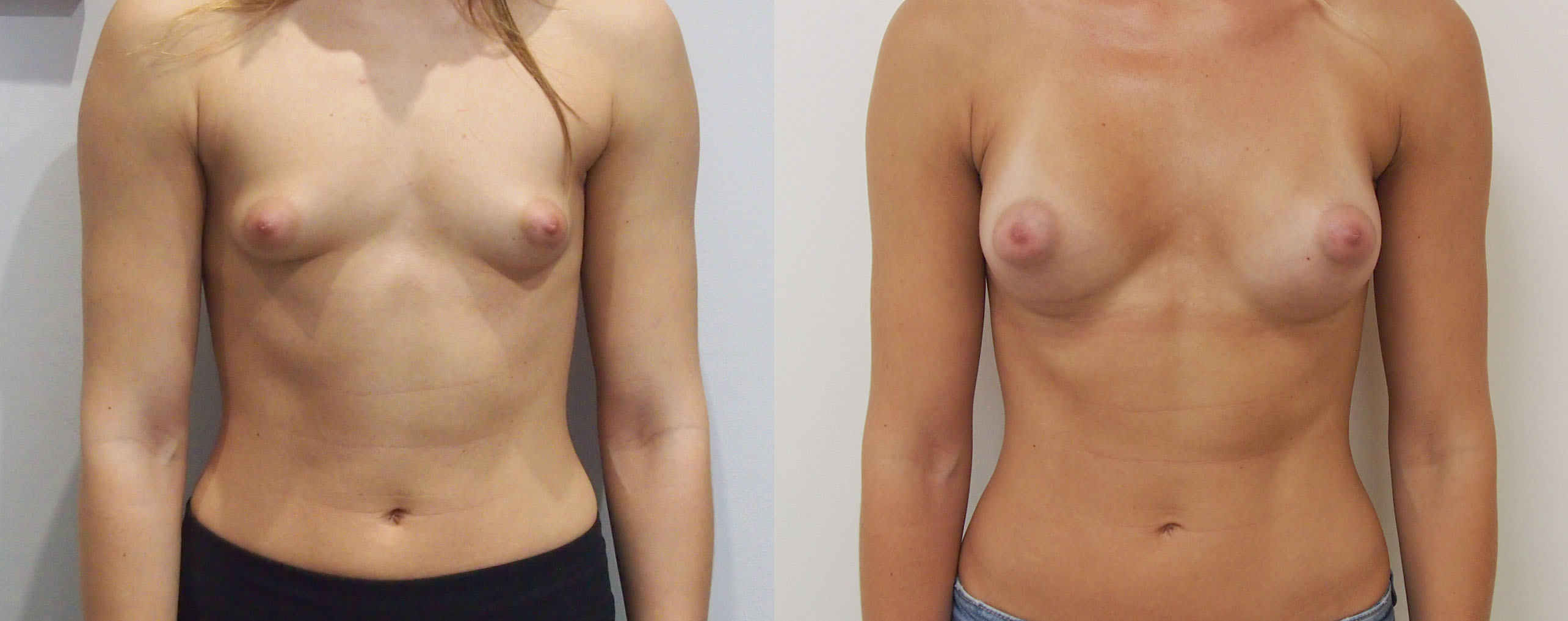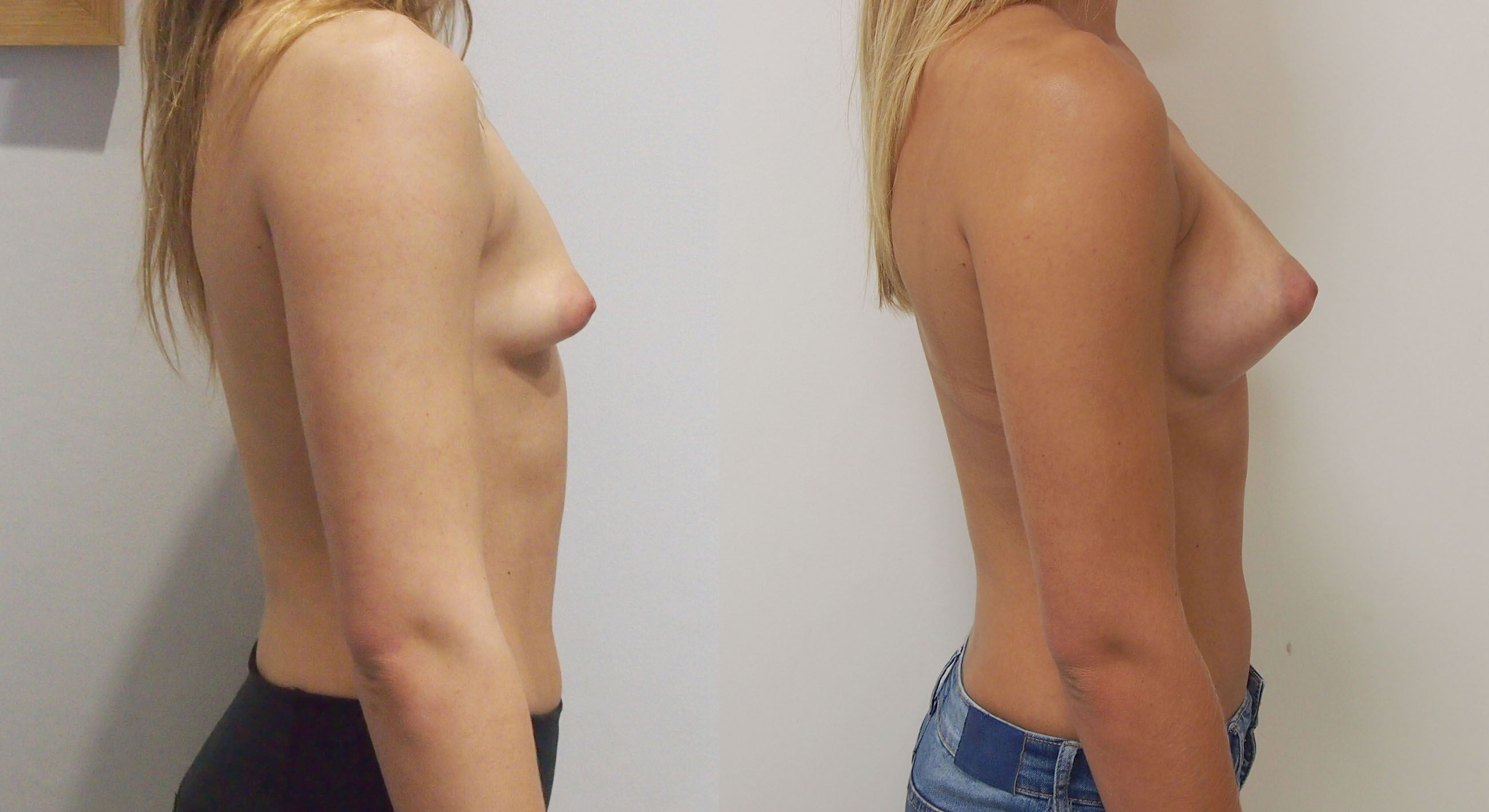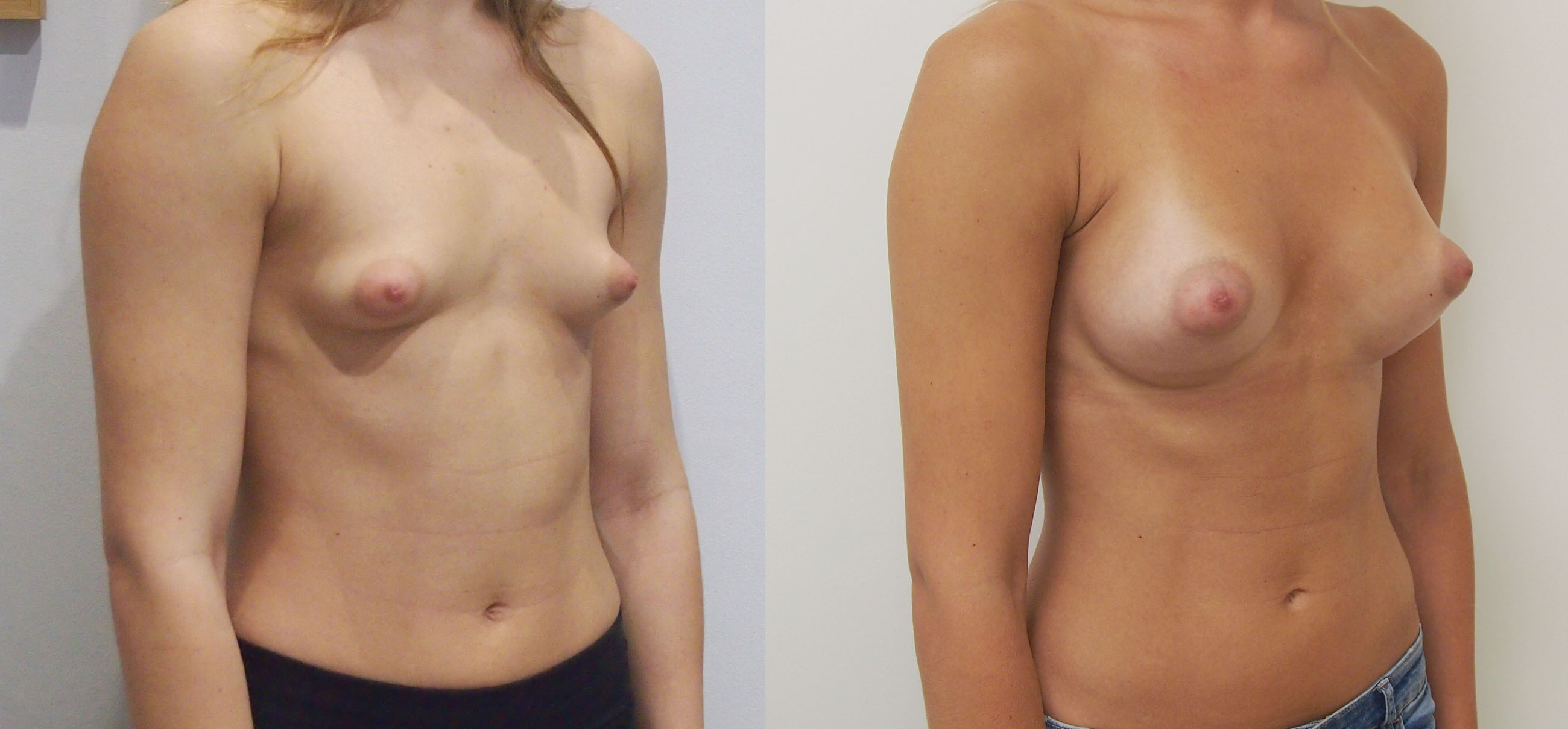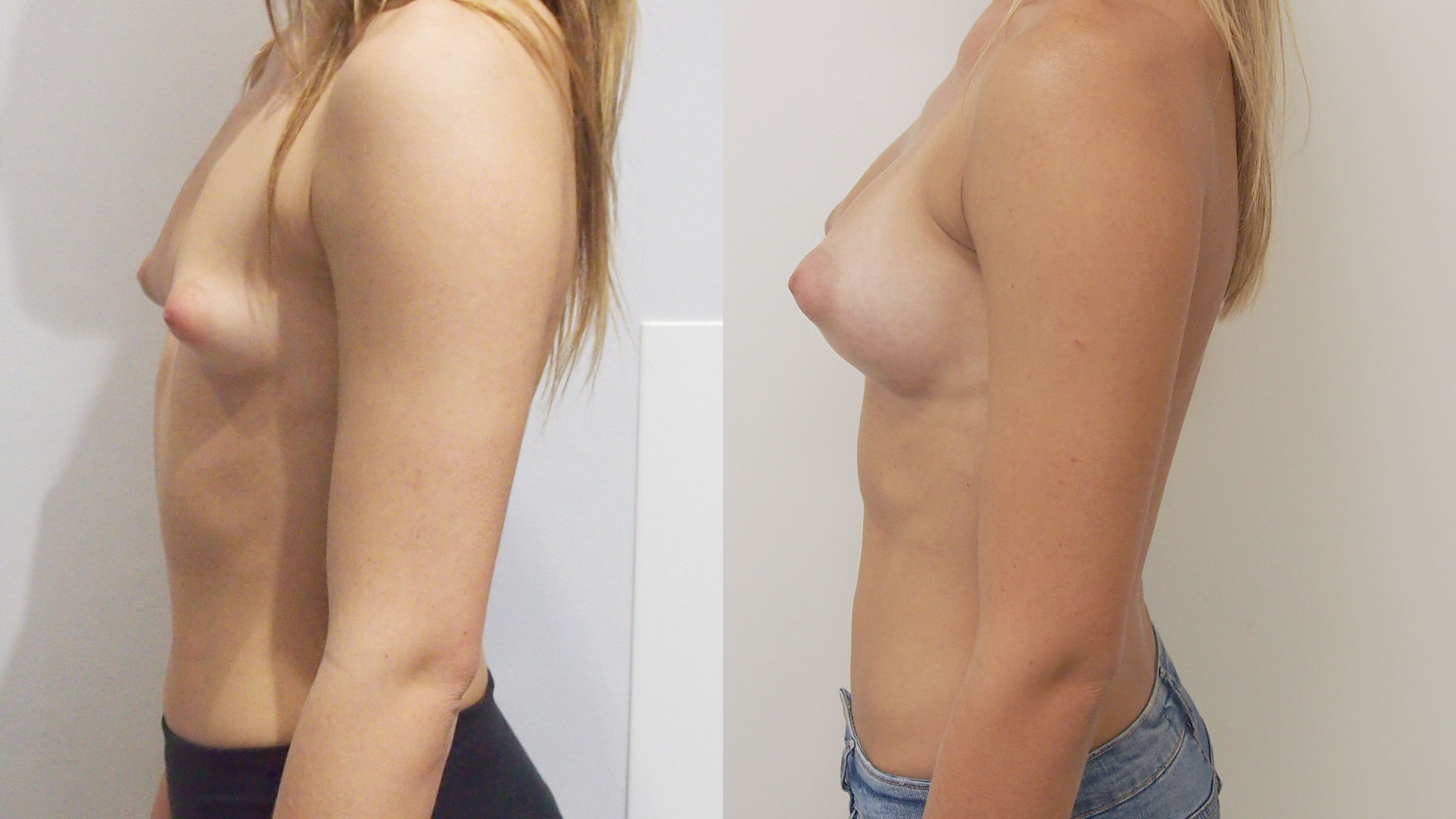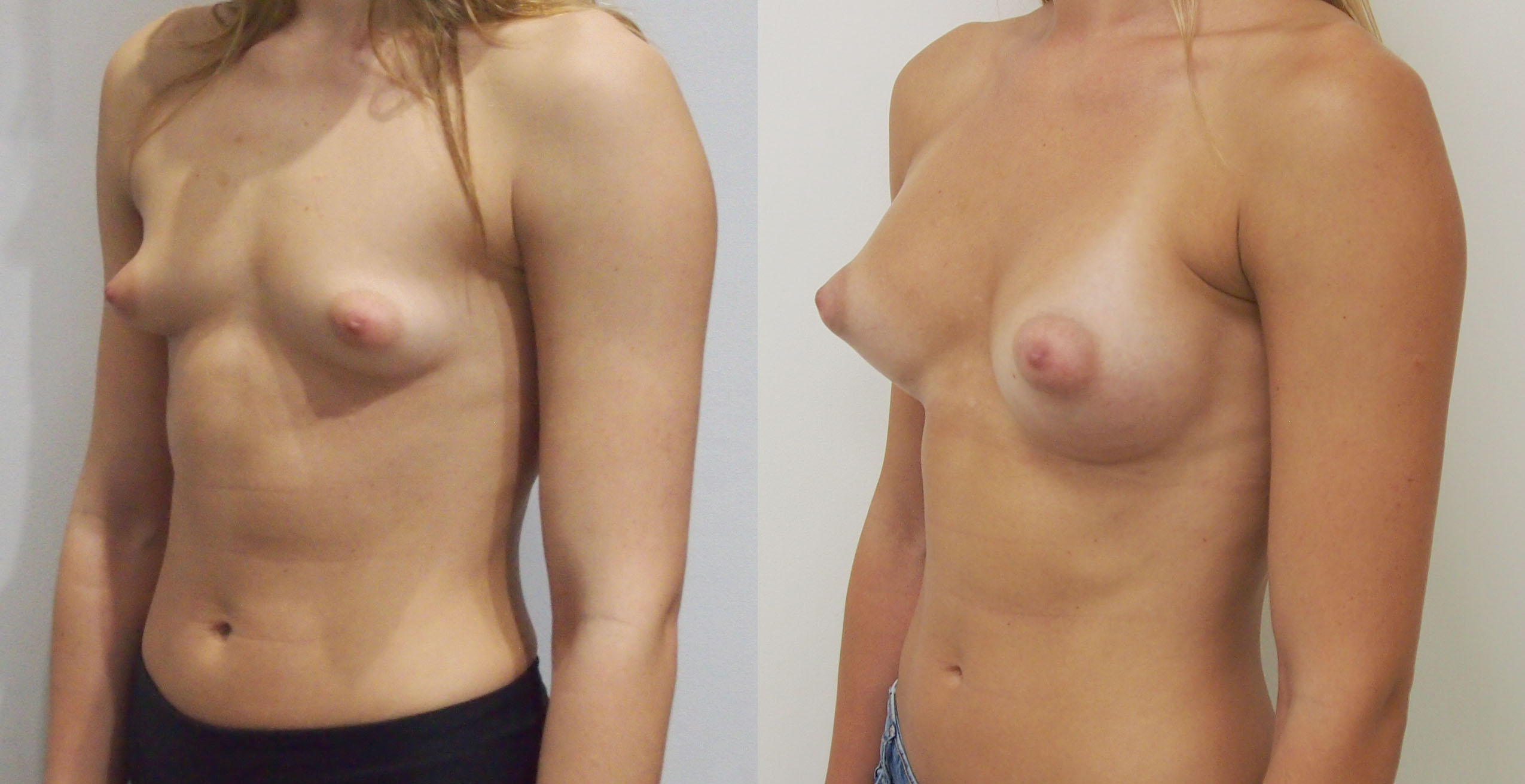Risks and limits of surgery
How do I choose the right size for me?
Choosing the right size is an important decision that I will help you to make. The important thing is for you to have an idea of your aims. It can help to bring in a bra that is similar to the size you are seeking. You should also consider your work and lifestyle; and how your new size would impact on these. At consultation, with a mirror, we will try a range of implant sizes until we arrive at a plan for you. It is often very helpful to bring a close friend or trusted family member with you for this.
How do I help prepare for my surgery?
For the first week after surgery I ask my patients to wear a loose t-shirt or top only and you can bring this to hospital with you. After this it is useful to have a couple of low cost soft (no-wires) sports bras until the swelling has settled and you can be measured up accurately.
Always disclose everything when asked about your medical history including anything you take whether prescribed or not.
Do not take any medications that might increase the risk of bleeding, for example non-steroidal painkillers (eg. Ibuprofen). Some herbal and vitamin supplements may also have an effect and should be avoided completely, a balance d diet will more than suffice.
If you smoke you must stop before your procedure – the longer the better.
Silicone safety and breast implant brands
Breast implants have been used since the 1960’s and the evidence suggests that properly made implants manufactured to medical specifications are safe. I only use implants from reputable, established manufactures (most commonly Allergan Natrelle range) and will discuss all aspects of safety with you at consultation.
Aftercare
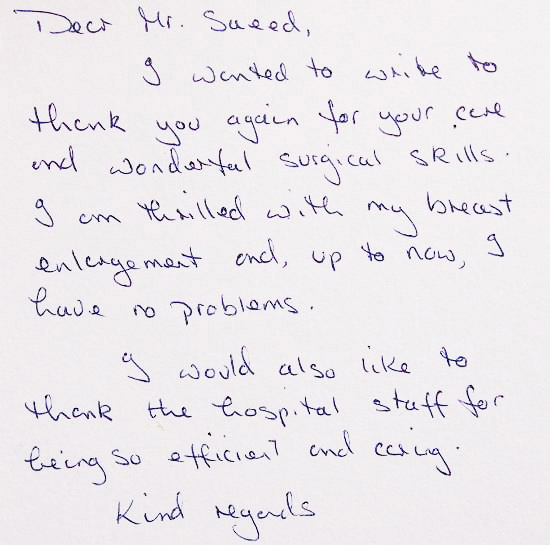
Breast enlargement (augmentation) is an operation designed to give a woman breasts that are shapely, natural and full. Women seek this procedure for a variety of reasons; the commonest are naturally small breasts or the loss of breast tissue that may occur after pregnancy or breast feeding, but for some of my patients, breast enlargement is part of a treatment plan for breast asymmetry or for conditions in which there is chest wall and breast underdevelopment, for example Poland syndrome.
Each person’s breasts have a unique structure and form that is determined by the amount of breast tissue, skin shape and tightness, nipple position, any asymmetries and an individual’s chest wall shape and size. All need to be considered in the decision making.
Breast enlargement is most commonly achieved by using breast implants, but for patients who require a modest increase in size, your own fat (taken from the flanks) can be used instead.
There are a number of technical aspects to consider, such as size, position of incisions, implant type, under / over the muscle, as well as things that you should know for the longer term. I go through all these areas carefully at consultation, until we arrive at a plan that is bespoke to you.
The goal of surgery is to carry out the procedure that is right for you. It is simple to enlarge a breast, but it requires careful thought and planning to do so in a way that gives a good cosmetic result. There are a number of aspects to this.
First and foremost are your aims. Most patients seek a larger but natural look, which means the best outcome will be achieved by matching the operation to a patient’s general frame, any asymmetries, the amount of breast tissue already present and the degree of droopiness of the breast.
For enlargement with implants, a silicone or saline implant is placed either under the breast or the muscle of the chest under general anaesthesia and usually takes 2 hours.
Size of implants?
This is almost always the area of most concern for my patients. For a natural look I match implant size to your frame. Sometimes my patients want a ‘little more’. Up to a point this can be achieved, maintaining a natural look, especially if higher profile implants are used (see next).
Which implant is right for me?
As well as different sizes, implants also come in different shapes (round, teardrop), widths and heights (profile). The height or profile of an implant will determine how much your breasts project in front of you. High profile implants have a narrower base and are particularly useful in patients who have a narrow chest or shoulders. In terms of shape, teardrop implants are helpful in restoring shape to those who lack it for a variety of reasons, especially developmental conditions or severe asymmetry.
Under or over muscle and which incision?
Implants are most commonly put in through an incision in the fold under the breast. There are other options including scars from previous surgery. There are pros and cons to this as well as whether your implant goes under or on top of the muscle. These will be fully discussed with you at consultation.
Do I need a lift too?
Patients often seek a breast enlargement to give some lift to the breasts as well as to increase their size. When there has been a small amount of drop of the breasts in patients with good elasticity of the skin, moderate breast enlargement alone may give a lift to the breasts. When there has been significant drop, this effect will be at best temporary and a breast uplift (mastopexy) should be considered along with breast enlargement.
Once we have established a surgical plan for you, I will go through all aspects of the procedure itself, recovery time for healing, return to work, childcare and exercise. I will also go through potential complications and risks specific to you if you have any medical conditions.
If you decide to go ahead with surgery we will arrange a date for this and you will receive confirmation by letter, with detailed instructions about what you should and should not do before surgery.
On the day of surgery I will meet you on the ward and go through the surgical plan with you again. At this point I will also mark up your breasts in preparation for your operation. The anaesthetist will also see you and will also go over your medical history and make a plan to ensure that your anaesthetic is smooth and discomfort minimised.
Your operation will usually take between 90 minutes and 2 hours and you will wake up gently in the recovery room where my anaesthetist and I will see you to ensure that you are comfortable post-operatively.
After a short while you will be transferred back to the ward. Once you are fully awake you will be encouraged to get up, initially with help, and to mobilise gently.
The following day I will come and see you again and check everything in preparation for discharge from hospital. You will be provided with medication that includes strong painkillers for your first week. On discharge I will go over what you should do at home in detail with you and give you a written guide. I will also arrange to see you in a week to check on your progress.
Each patient will have a recovery plan tailored to their situation, but as a general guide:
- You will be in hospital until the day after surgery
- You should be able to carry out light work after 1 -2 weeks
- You may drive short distances after 1 week
- I recommend that you restrict exercise to walking in the first 3-4 weeks. Thereafter you may carry out general light exercises but refrain from full exercise until 3 months.



